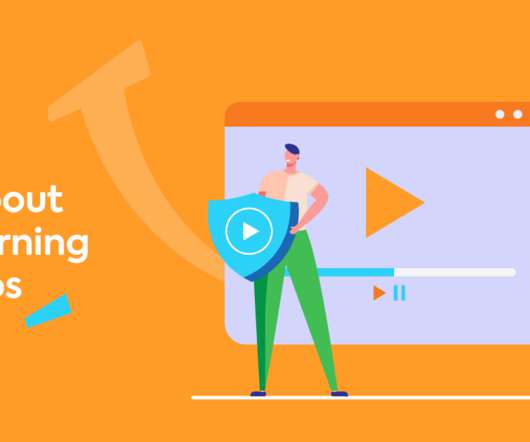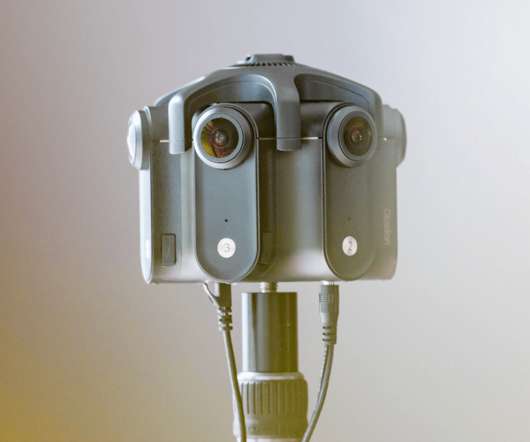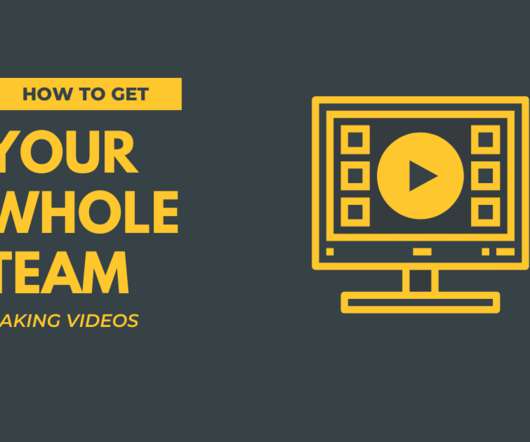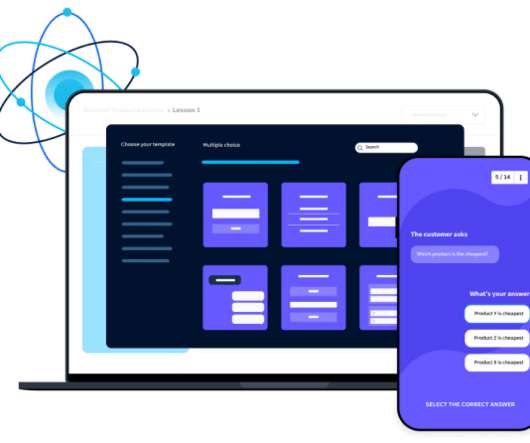How to Produce Professional Audio For Your Courses
LifterLMS
JULY 9, 2023
Doing voiceovers and and I yelled it down and my, Hey, why can’t we read audio books? But we actually landed a job doing some voiceover work and then we continued to do that. So it’s called a pay to play way to do voiceovers. But the the videos that I do for my courses are I have a good camera right now.























Let's personalize your content